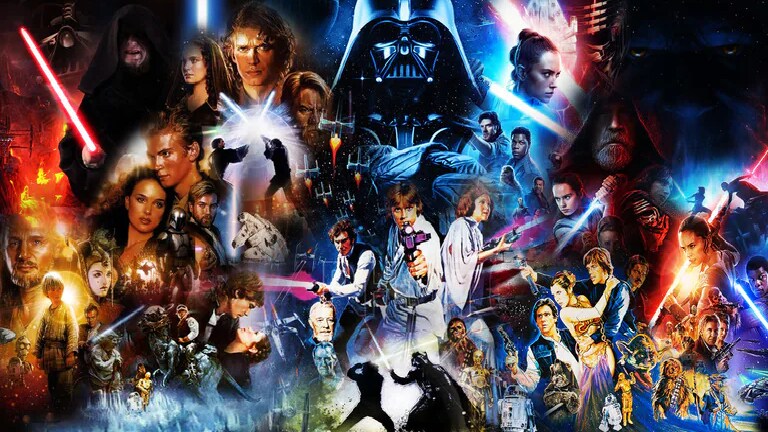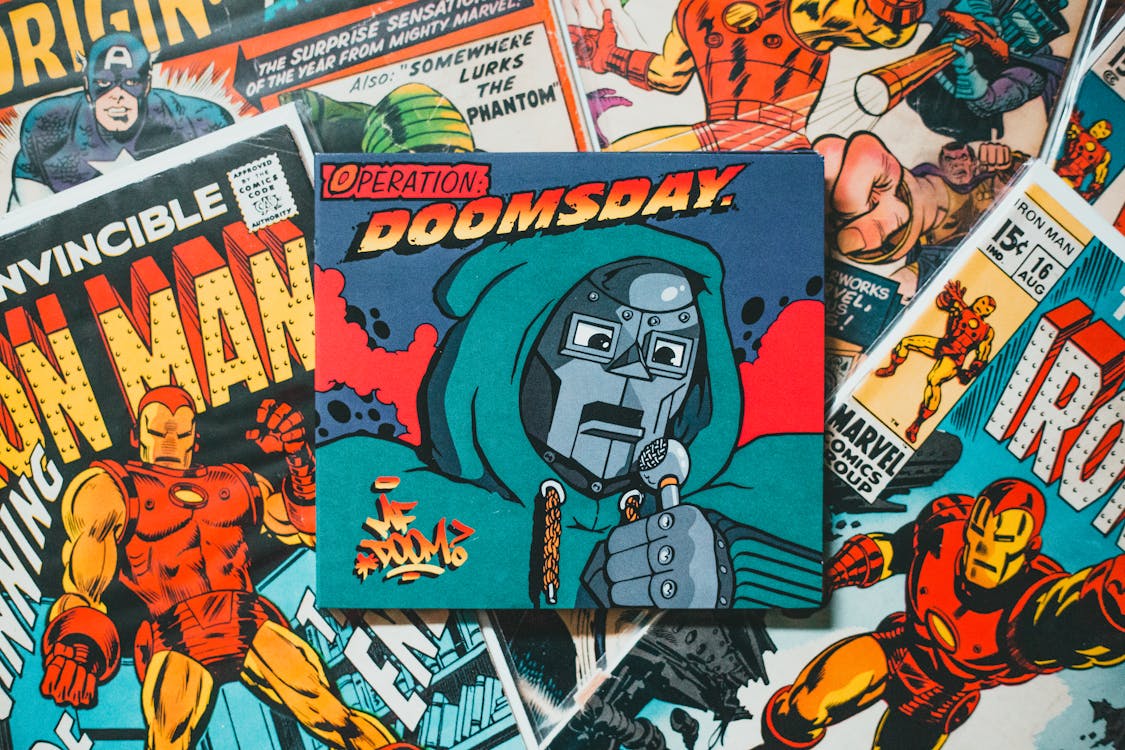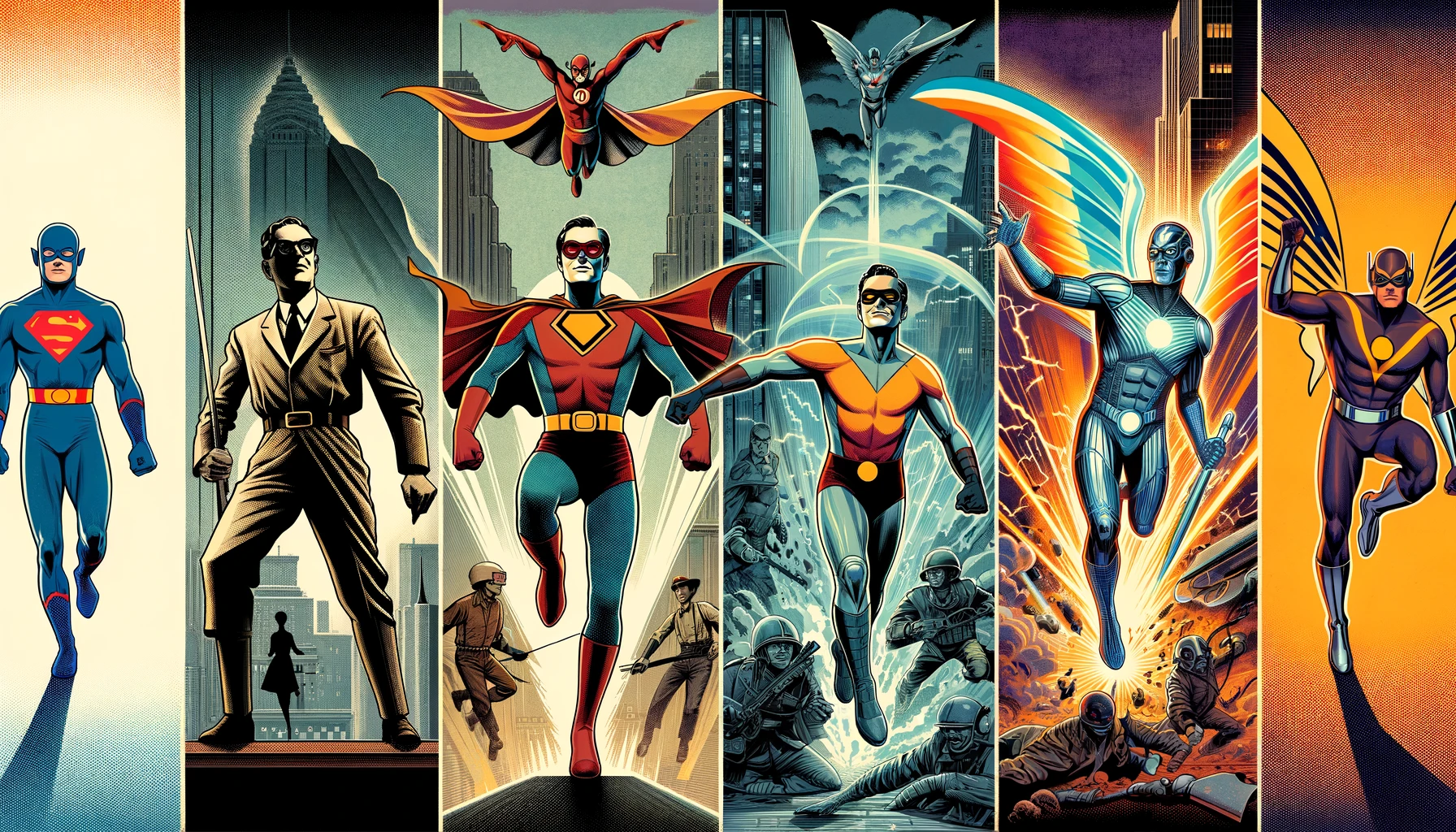
Sequential Art: The Art of Comic Books
Sequential art is a powerful tool for telling a compelling story by combining images and text. It has been used for thousands of years to portray complicated concepts and feelings and has grown in popularity over time. It is also known as comic art. The art of visual-textual storytelling has grown into a diverse set of categories and styles, each with its own distinct utility and impact.
In this article, we will delve into the rich history of sequential art, evaluate the various categories and forms, and analyze its impact on human communication and society as a whole in this comprehensive exploration. So whether you’re a comic book fan or just interested in this intriguing art form, this post will undoubtedly provide vital insights into the world of visual storytelling.
A Brief History of Sequential Art
Despite the widespread belief that comic art is a modern form of storytelling, its origins can actually be traced back to the prehistoric era when cave paintings and rock art were used for communication. The Bayeux Tapestry, dating back to the 11th century, is one of the earliest examples of comic art and depicts the events leading up to the Norman Conquest of England. In addition, evidence suggests that ancient Egyptians used comic art in the form of hieroglyphics.
Over time, sequential art has remained an effective means of communication, and its popularity has only continued to grow.
From superhero adventures to romantic dramas and political satire, comic books have been used to tell a diverse range of stories. Today, visual storytelling remains an important part of human life, with individuals and businesses utilizing it in various ways, particularly in mass communication. As new artists and writers continue to push the boundaries of the medium, the art of visual-textual storytelling continues to evolve and thrive in areas such as entertainment, advertising, marketing, education, journalism, and fine arts.
The Comic Book Art Techniques
To create comic book art, artists employ a wide range of techniques. Each requires a unique set of artistic abilities. One of the most fundamental is penciling. This method entails drawing a pencil sketch of each panel’s characters, settings, and actions. Inking is another popular technique. It entails inking over layout lines with a pen or brush to create a defined and polished look. Inking can be done either by hand or digitally. It enhances the depth and texture of the artwork.
Coloring is also very common. It entails coloring in the artwork. Some artists prefer traditional techniques such as watercolors or markers, while others prefer digital techniques and software such as Adobe Photoshop and Clip Studio Paint. Creating comic book art also entails incorporating text into the visual presentation. Artists accomplish this by including character dialogue, sound effects, and any other text on the page. Lettering, like most others, can be done by hand or with software designed specifically for comic books.
The Influence of Comic Books on Popular Culture
Sequential art has had a significant impact on popular culture since its beginnings. Its influence can be found in a variety of domains such as literature, politics, television, and film. One of the most influential areas is media, where many classic comic book characters, such as Spider-Man, Batman, Superman, and the X-Men, have been brought to life on film. The adaption of these characters has contributed to new readers discovering the original comic books.
Additionally, comic book characters have transcended the world of media and entered the realm of fashion and merchandise. Popular characters have inspired a range of products, from t-shirts and hats to pants and shoes. Furthermore, the popularity of comic-themed online slot games has surged in modern casino culture. Due to the enduring presence of comic book characters, many casino games now have a comic book theme. Some of the most popular comic-themed online slot games include Jack Hammer, Superman, Suicide Squad, Justice League, Wonder Woman, and The Dark Knight.
Exploring Different Comic Genres and Styles
Sequential art has long been known for its wide appeal and its ability to satisfy the diverse tastes of global audiences by utilizing a variety of styles and genres. While superhero stories are among the most popular and have heavily influenced popular culture and the internet, there are numerous other comic genres and styles that are equally captivating. In fact, comic art from around the world showcases a range of diverse styles and themes that offer a unique perspective on storytelling.
One such example is Manga, a Japanese comic art style that has gained massive popularity globally. Manga typically features distinctive art styles with big eyes, exaggerated expressions, and dynamic action sequences. It covers a wide range of genres, from action and adventure to romance and horror, and is often serialized in magazines or released in graphic novel format. Manga has had a significant impact on popular culture and has influenced numerous artists and writers around the world.
Other comic art styles from around the world include Manhua from China, Manhwa from Korea, and Bande Dessinée from France, each with their unique styles and genres. These comic art styles have their own rich histories, cultural influences, and storytelling traditions, and are gaining increasing popularity around the world.
Final Thoughts
The art of visual-textual storytelling has come a long way since its early origins in prehistoric cave paintings and hieroglyphics. From the Bayeux Tapestry to modern-day comic books, it has been a valuable tool for human communication throughout history. With the advent of new technologies, such as digital platforms and social media, the potential for visual-textual storytelling has expanded even further. Today, artists and writers from around the world are exploring new ways to use the medium to tell compelling stories and convey complex emotions.
Author Profile
Latest entries
 ColumnsMay 6, 2024A Comprehensive Evaluation of the Premier Online Betting Service, Casinonic
ColumnsMay 6, 2024A Comprehensive Evaluation of the Premier Online Betting Service, Casinonic ColumnsApril 30, 2024Igniting Your Child’s Love for Star Wars: A Parent’s Guide
ColumnsApril 30, 2024Igniting Your Child’s Love for Star Wars: A Parent’s Guide Comic Book NewsApril 30, 2024The Links Between Comics and Casinos
Comic Book NewsApril 30, 2024The Links Between Comics and Casinos Comic BooksMarch 18, 2024The Evolution of Superheroes: A Journey Through Comic Book History
Comic BooksMarch 18, 2024The Evolution of Superheroes: A Journey Through Comic Book History









